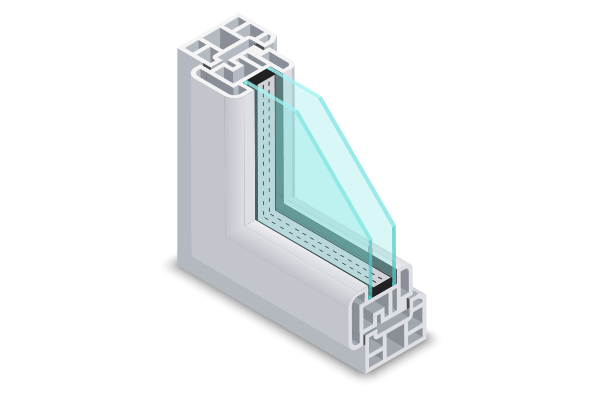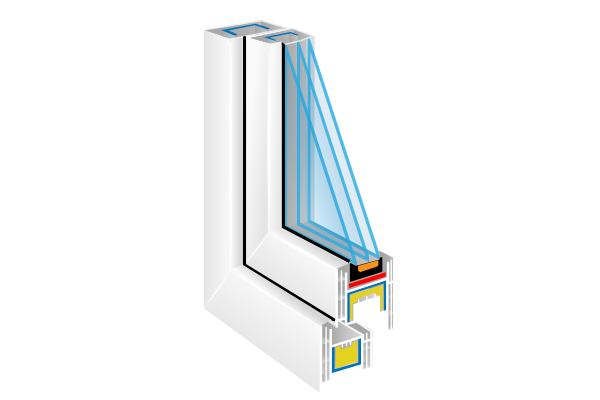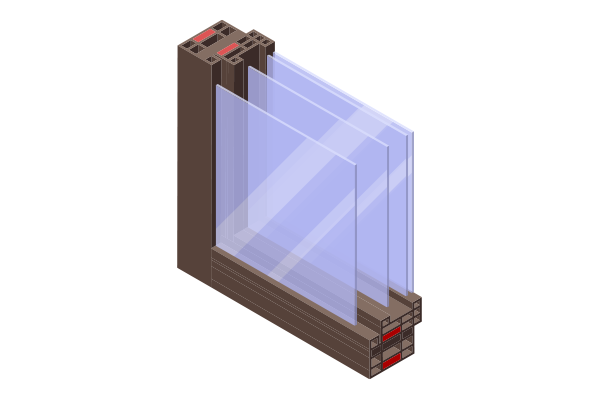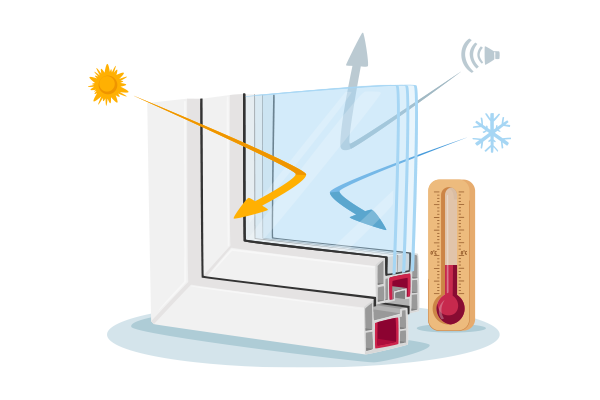Navutec Co., Ltd. mass-produces large-sized nano heat-strengthened glass.

Double Layer Glass
General Double-Layer Glass
It is a double layer glass made to have a dry air layer using at least two panes of glass and a spacer.
It reduces the amount of heat energy escaping through the window, providing insulation and condensation prevention effects.

Double Layer Glass
SPG System
The double-layer SPG system, which adds insulation effects to the SPG system, has proven its performance through various exterior wall performance tests (mock-up tests).
The available configurations are 10 to 15 mm for the outer panel, 12 to 18 mm for the air layer, and 6 to 12 mm for the inner panel, and are determined by considering the glass size and wind load.
In particular, applying low-E glass not only prevents condensation but also maximizes energy savings.
The quality and delivery time have been improved through automated work, and by using special bolts of the hinge type, earthquake resistance performance has been improved and it has been designed to be easily applied to any back structure.

Double Layer Glass
MPG System
It maintains structural safety without using frames or structural silicon, which is an advantage of the existing SPG (Special Point Glazing) system, and maximizes openness and daylighting.
The MPG system supports glass using metal rather than drilling holes in the glass, making glass processing easier than the SPG system.
It is mainly used in places that require high floor height, such as car showrooms.

Low-e Double Layer Glass
MPG System
It is a product made by coating a thin silver (Ag) film on one side of a plate glass, and has the characteristic of transmitting most of the visible light of the sun and reflecting a significant portion of the solar rays.
In winter, it is an excellent product from an energy saving perspective because it reflects indoor heating heat back into the room, preventing indoor warmth from escaping outside.